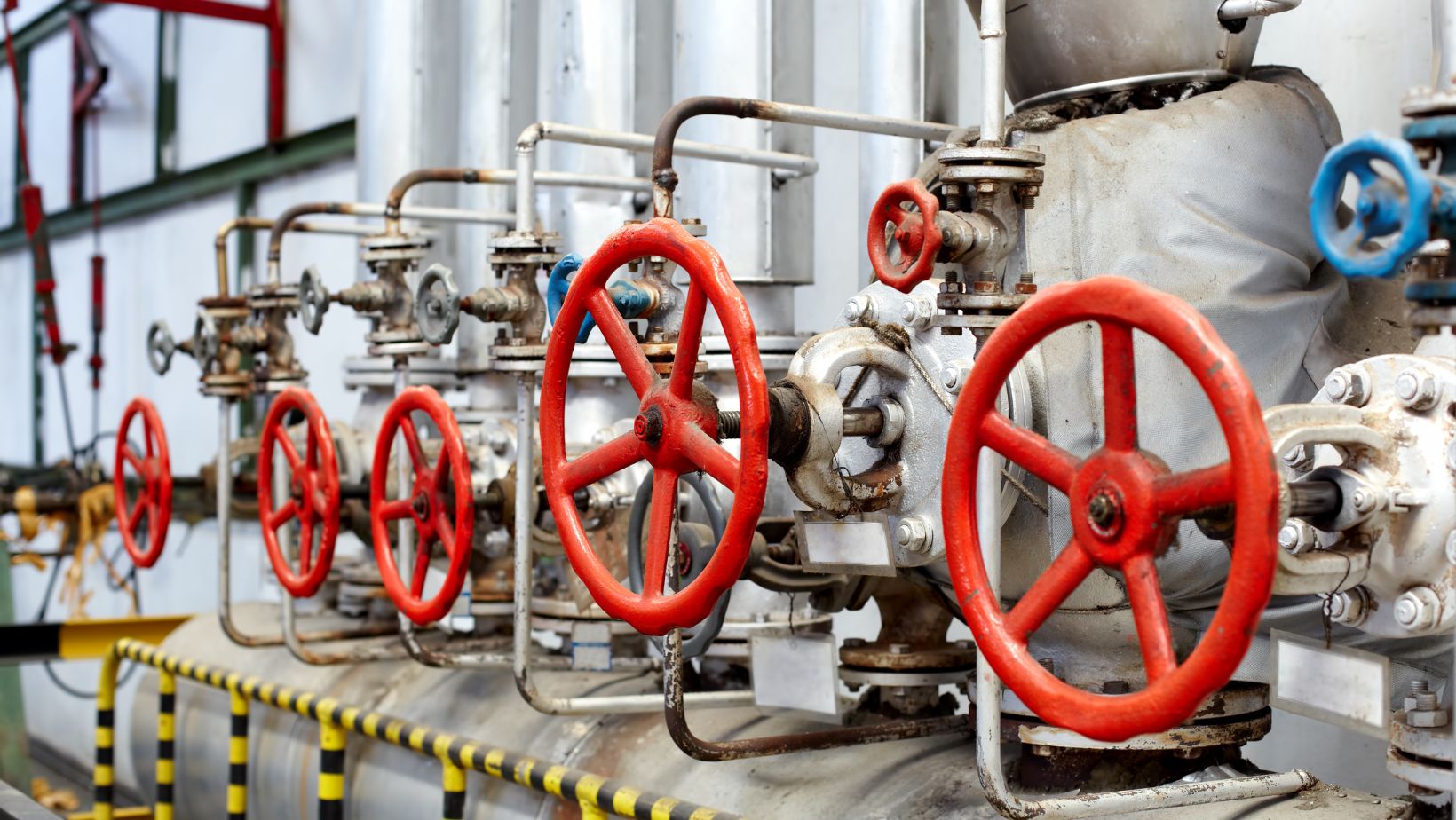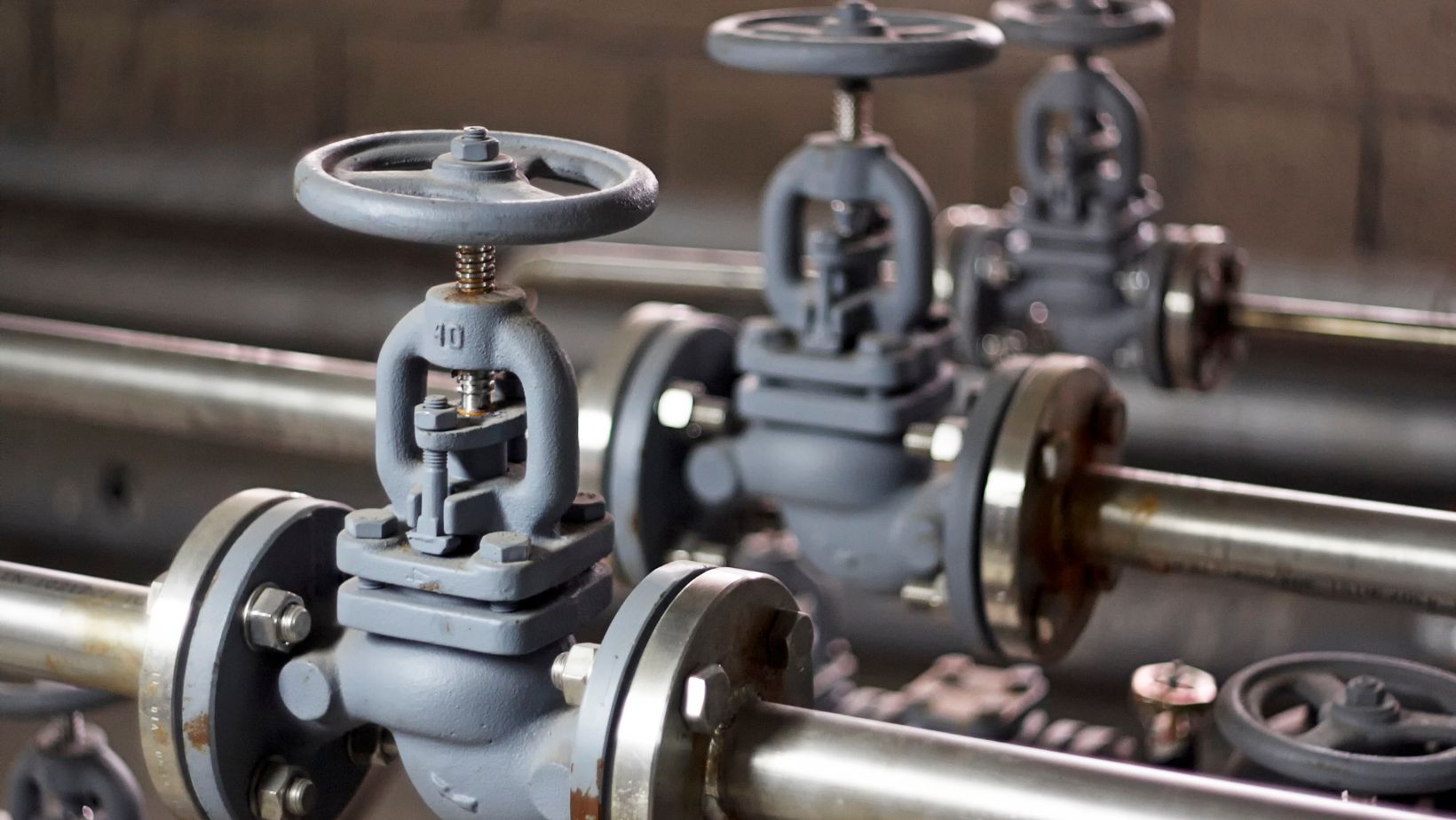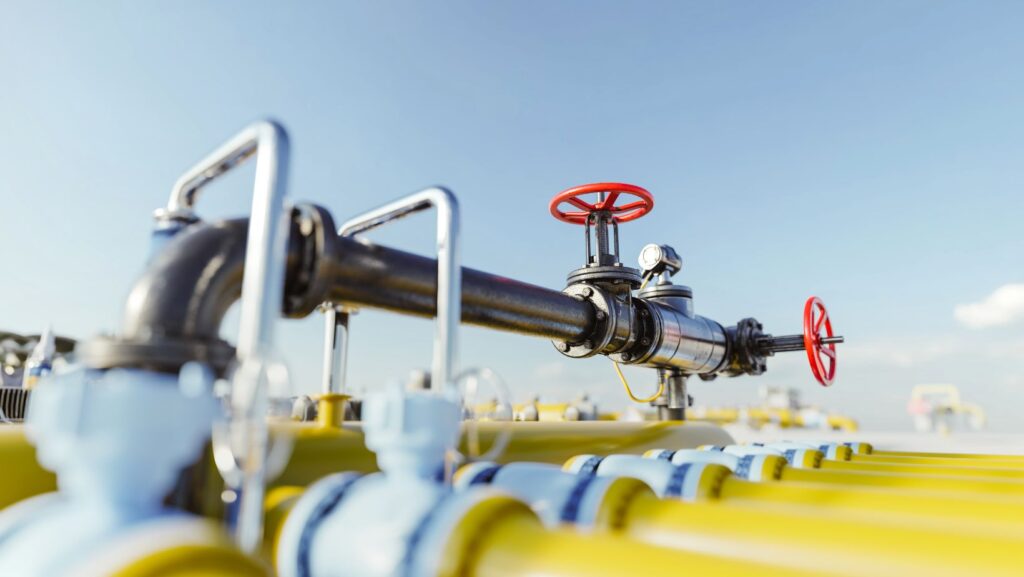The solenoid valve represents a critical electromechanical component within fluid control systems. Functionally, it is engineered to regulate the flow of fluids or gases by applying an electromagnetic solenoid. The solenoid initiates a magnetic field upon energization, activating an internal valve mechanism to govern fluid passage. This fundamental operation facilitates various essential processes across diverse industrial sectors. A prime example of such a device is the Bürkert Type 6281 2/2-way solenoid valve, renowned for its robust design and reliability in various applications. Like many others, this valve demonstrates how electrical energy may be converted into precise fluid control and embodies the fundamentals of solenoid functioning. g the conversion of electrical energy into precise fluid control.
Solenoid valves are crucial for numerous applications, ranging from the precise fluid control in medical equipment to the dependable automation of industrial machinery. They play a key role in regulating crucial elements like liquid dispensing in production settings and fuel injection in automobile systems. They are essential to modern technological frameworks due to their inherent dependability and operational effectiveness.
This article provides a comprehensive analysis of the operational principles governing solenoid valves. The objective is to elucidate the transformation of electrical energy into precise fluid control through a detailed examination of the underlying mechanisms. By elucidating the engineering principles that drive the solenoid valve, including the design philosophies in models such as the Bürkert Type 6281, we aim to provide a clear and authoritative understanding of its functionality.
Basic Components of a Solenoid Valve
The functionality of a solenoid valve relies on the interaction of several key components.
- Solenoid Coil: This component acts as an electromagnetic actuator, generating a magnetic field when electrical current flows through it. Typically made of insulated copper wire, the coil’s magnetic field strength is proportional to the current and windings.
- Armature (Plunger): The armature, a movable ferromagnetic component, translates the coil’s magnetic force into mechanical motion. When energized, the coil’s magnetic field attracts the armature, opening or closing the valve orifice. The material is chosen for high magnetic permeability.
- Valve Body and Orifice: The valve body houses the internal components and contains the fluid. The orifice, a precisely sized opening, controls fluid flow. The armature’s movement either opens or obstructs this orifice.
- Valve Seat and Seal: These components prevent leaks. The seat provides a sealing surface, while the seal ensures tightness when closed. The armature’s movement either engages or disengages with the seat, controlling flow. Materials are selected for fluid compatibility and wear resistance.
- Spring (if applicable): A spring, often included, returns the armature to its default position when the coil is de-energized. The spring’s tension ensures consistent operation, determining the valve’s normally open or normally closed state.
The Working Principle: Electromagnetism in Action
A solenoid valve’s fundamental operation hinges on electromagnetism principles, specifically the interaction between electrical current and magnetic fields. This section elucidates the sequential events that govern the valve’s actuation.
When the Coil is Energized
- A magnetic field is generated upon the application of an electrical current to the solenoid coil. This phenomenon is rooted in Ampère’s law, which dictates that an electrical current flowing through a conductor produces a magnetic field surrounding it. The strength of this magnetic field is directly proportional to the magnitude of the current and the number of coil windings.
- The generated magnetic field exerts a force on the ferromagnetic armature, attracting it towards the coil. This force manifests the interaction between the armature material’s magnetic field and the magnetic permeability.
Armature Movement and Valve Operation
- The movement of the armature, induced by the magnetic field, directly controls the opening or closing of the valve orifice. In a normally closed (NC) valve, the armature, when attracted, lifts or moves away from the valve seat, opening the orifice and allowing fluid flow. Conversely, in a normally open (NO) valve, the armature’s movement blocks the orifice, halting fluid flow.

- The distinction between NC and NO valves lies in their default state. An NC valve remains closed when de-energized, while a NO valve remains open. This difference dictates their respective applications, with NC valves typically used for controlling fluid flow on demand and NO valves for fail-safe applications where flow is required without power.
When the Coil is De-energized:
- The magnetic field collapses after the cessation of electrical current to the solenoid coil. This collapse results from the dissipation of the electromagnetic energy stored in the coil.
- The armature, no longer subjected to the magnetic force, returns to its default position. This return is typically facilitated by a spring mechanism or, in some cases, by gravity. The spring provides a consistent return force, ensuring reliable valve closure or opening.
Direct Acting vs. Pilot Operated Valves
- Direct-acting solenoid valves directly control the valve orifice through the armature’s movement. These valves are suitable for applications with relatively low flow rates and pressures, as the solenoid must generate sufficient force to overcome the fluid pressure.
- Pilot-operated solenoid valves utilize the fluid pressure itself to assist in valve actuation. The solenoid controls a small pilot orifice, which controls the pressure acting on a larger diaphragm or piston. This design allows a smaller solenoid to maintain higher flow rates and pressures.
- Direct-acting valves are used in applications requiring fast response times and lower flow rates. Pilot-operated valves are used in high-flow and high-pressure applications.
Factors Affecting Solenoid Valve Operation
A solenoid valve’s reliable and efficient operation is contingent upon several critical factors, encompassing fluid properties, electrical input, and environmental conditions. Understanding these factors is essential for optimizing valve performance and ensuring longevity.
Fluid Properties
- Viscosity: The fluid’s viscosity significantly impacts the valve’s response time and flow rate. Highly viscous fluids require greater force to move through the valve orifice, potentially leading to slower actuation and reduced flow.
- Pressure: The fluid pressure directly influences the force required to open or close the valve. High pressures may necessitate stronger solenoids or pilot-operated designs to overcome the opposing force. Pressure fluctuations can cause the valve to act erratically.
- Temperature: Fluid temperature affects its viscosity and density, thus influencing flow characteristics. Extreme temperatures can also degrade sealing materials and affect the solenoid’s performance. The chemical properties of the fluid and how it reacts to temperature changes are also important.
Electrical Input
- Voltage: The voltage applied to the solenoid coil determines the strength of the magnetic field. Insufficient voltage may result in inadequate armature movement and incomplete valve opening or closing. Overvoltage can cause coil overheating and premature failure.
- Current: The current flowing through the coil directly impacts the magnetic field strength. Consistent current is required for consistent valve performance.
- Frequency: In AC systems, the electrical input frequency can affect the valve’s operation. Certain frequencies can cause coil resonance or vibration, potentially leading to premature wear or failure.
Environmental Conditions
- Temperature: Ambient temperature influences the solenoid coil’s resistance and the properties of the valve’s internal components. Extreme temperature fluctuations can lead to thermal stress and component failure.

- Humidity: High humidity can cause electrical connections and internal components corrosion, leading to electrical malfunctions and reduced valve lifespan.
- Vibration: Excessive vibration can cause mechanical wear, loosening of connections, and potential damage to the armature and other internal components. It can also lead to electrical connection faults.
Applications of Solenoid Valves
The versatility of solenoid valves has led to their integration into a vast array of applications across numerous industries. In industrial automation, these valves are indispensable components within pneumatic and hydraulic systems, providing precise control over fluid and gas flow. They are also central to process control, where they regulate the flow of various substances in manufacturing and production environments, ensuring accuracy and efficiency.
Solenoid valves play a critical role in modern vehicle operation in the automotive sector. They are fundamental to fuel injection systems, where they precisely control the fuel delivered to the engine, optimizing performance and emissions. Additionally, they are integral to transmission control, enabling smooth gear changes and enhancing overall vehicle drivability.
The medical field relies heavily on the precision and reliability of solenoid valves. They are essential components in drug delivery systems, where they regulate the flow of medication with extreme accuracy, and in respiratory equipment, where they control the delivery of oxygen and other gases to patients. This precise fluid control is critical for patient safety and treatment efficacy.
Furthermore, solenoid valves are ubiquitous in everyday appliances. Their presence is felt in washing machines and dishwashers, where they control water flow during various cycles, and in sprinkler systems, where they regulate water distribution for irrigation. Their reliability and efficiency make them a critical part of everyday life.
Solenoid valves, operating on fundamental electromagnetic principles, provide reliable fluid control through precise armature movement. Their versatility renders them crucial across diverse sectors, from industrial automation to everyday appliances. Future advancements will likely focus on enhanced precision and material innovation. Ultimately, the proven reliability of solenoid valves underscores their enduring importance in modern technology.
